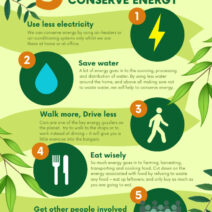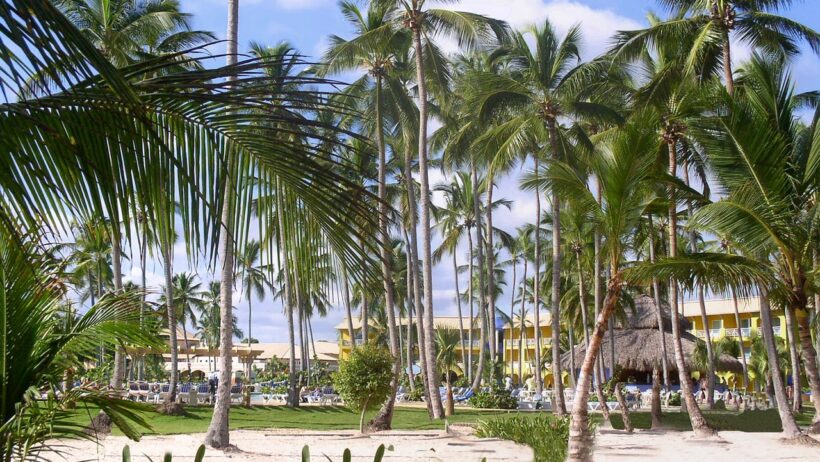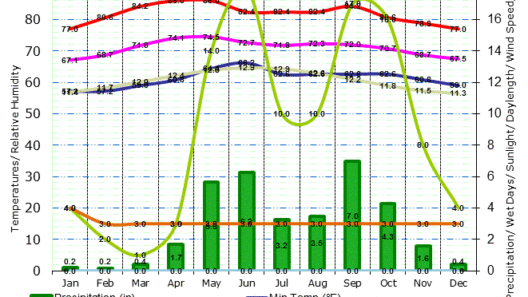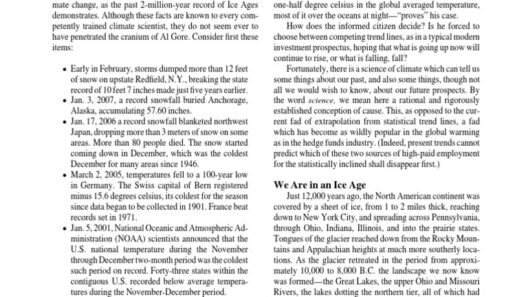The Dominican Republic, a gem nestled in the Caribbean’s treasure chest, embodies a climate of resplendent warmth interwoven with the rhythmic cadence of rainy spells. This enchanting island, with its sun-kissed beaches and verdant landscapes, showcases a climate that invites exploration while also posing challenges in the context of climate change. Understanding the Dominican Republic’s climate requires not only an appreciation for its tropical allure but also a cognizance of the environmental transformations that affect its ecosystems and communities.
At the heart of the Dominican Republic’s climate is its tropical maritime setting. Characterized by a steady embrace of warm temperatures year-round, the island experiences an average temperature that hovers between a balmy 77°F (25°C) to 86°F (30°C). This warmth is not merely a convenience but a vital source of vitality for the diverse biosphere that flourishes here. Think of the sun as the painter, casting vibrant brushstrokes of green in the mountains and bright blues in the Caribbean Sea. The warmth cultivates a lush environment, fostered by the island’s rich soils and abundant rainfall.
The Dominican Republic can be uniquely classified into two primary seasons: the dry season, often regarded as a tranquil time of year, and the rainy season, which introduces symphonic downpours that feed the land. The dry season stretches from November to April, an idyllic interlude that welcomes tourists seeking sun-drenched adventures. It is during this time that beaches come alive, and the revelry of life pulses through cities like Santo Domingo and Punta Cana. The skies are often painted in azure, mirroring the cerulean coastal waters and inviting a vibrant tapestry of outdoor activities.
As the calendar turns toward May, the island transitions into its rainy season, which lasts until October. During this period, the climate displays a more tempestuous temperament, reminiscent of an artist’s transition from serene landscapes to stormy seascapes. Rainfall intensifies, particularly from August to October, with cascading showers delivering a rhythmic pulse to the island’s ecosystems. The average rainfall increases significantly during this time, often exceeding 80 inches (2000 mm) annually in certain regions. These monsoonal-like conditions play a pivotal role in rejuvenating the lush vegetation that characterizes the Dominican countryside.
The lushness forged by the rains nurtures an impressive array of flora and fauna, including exotic birds, endemic species, and vibrant ecosystems. The island’s diverse terrain, ranging from the mountainous regions of the Cordillera Central to the coastal plains, showcases a variety of microclimates. This results in unparalleled biodiversity. The mountainous areas experience cooler temperatures and increased precipitation, while the coastal regions bask in warmer, more humid conditions.
However, the climate of the Dominican Republic is not merely a showcase of natural splendor; it is also a reflection of the complex interplay of global climate dynamics. The island faces an ever-evolving environmental landscape, grappling with the impacts of climate change. Rising sea levels threaten coastal communities, while increasing rainfall intensity can lead to flooding and erosion, compromising agricultural practices that have sustained the nation’s economy for generations.
As the world warms, extreme weather patterns become more pronounced in the Caribbean region, manifesting as hurricanes that occasionally sweep through like monstrous tempests. The Atlantic hurricane season from June to November can disrupt life, reshaping the landscape and the lives of countless individuals. Hurricane Maria in 2017 was a stark reminder of nature’s overwhelming power, leaving indelible scars on communities and ecosystems.
Despite these challenges, the Dominican Republic stands resilient. The island’s commitment to sustainable development is evident as policymakers prioritize initiatives aimed at mitigating climate impacts. By promoting renewable energy sources, improving coastal defenses, and enhancing agricultural resilience, the nation embraces a proactive approach to safeguarding its natural treasures while ensuring economic stability. This endeavor reflects a broader awakening within Caribbean nations to adapt to changing climates and to protect their rich, irreplaceable environments.
Culturally, the climate has fashioned a lifestyle profoundly intertwined with nature. The rhythms of daily life are inextricably linked to seasonal changes. The harvest season in rural areas brings communities together, celebrating the wealth of the land while acknowledging its fragility. Festivities and traditions often commemorate the agricultural calendar, and the changing weather patterns dictate not only what is grown but also how communities interact with their environment.
In conclusion, the climate of the Dominican Republic emerges as a complex tapestry woven from tropical warmth and seasonal rains. Its unique appeal lies not only in the picturesque landscapes and vibrant ecosystems but also in the pressing realities of climate change that necessitate a thoughtful and sustainable approach to preservation. As global temperatures rise and weather patterns evolve, the Dominican Republic exemplifies the duality of beauty and vulnerability endemic to many regions. It is this very dichotomy that invites individuals to explore, appreciate, and protect the ecological marvels of this Caribbean paradise.








